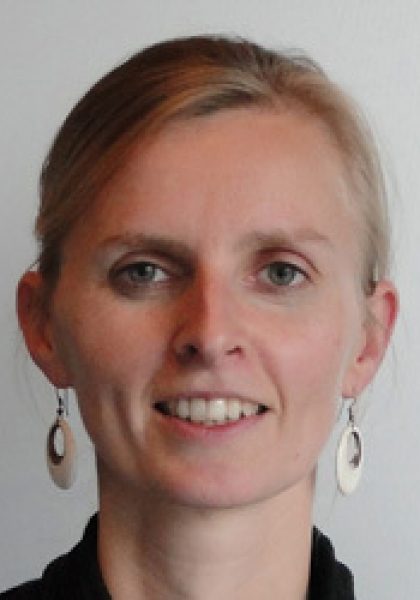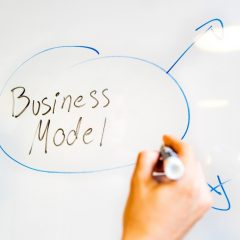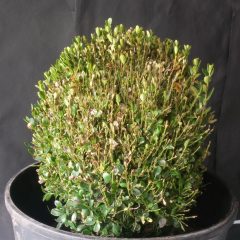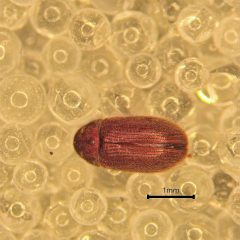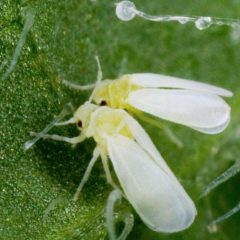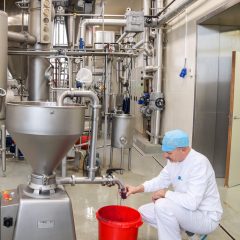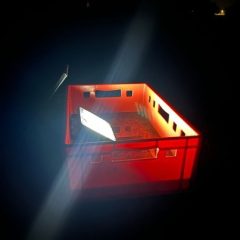Research project Introsect: the introduction of insect rearing as an agricultural activity in the primary sector
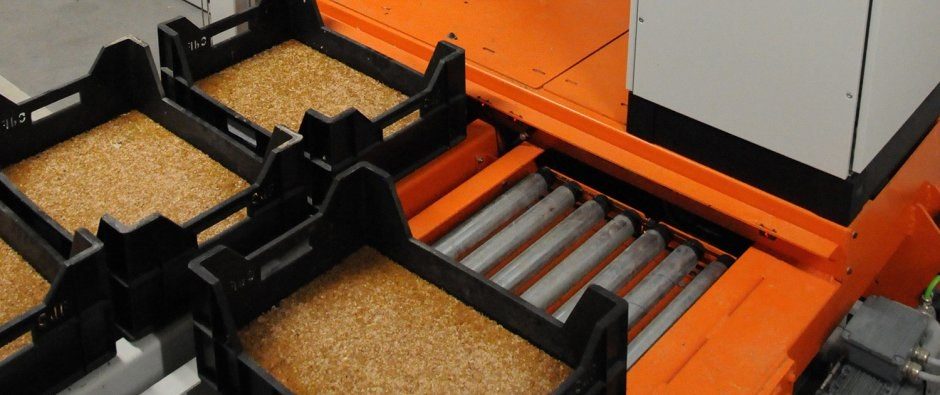
General introduction
Insect farming as a new agricultural activity does not yet appear to be feasible to scale up in 2025 due to the lack of a stable market. This is evident at the end of the VLAIO-LA project Introsect. The cost price of insect production is still too high for large-scale application in the bulk industry, mainly due to manual labor, feed costs and processing steps such as drying and degreasing. More than 100 farmers - so quite large interest - showed interest in the guidance program offered, which explored the possibilities of insect farming for their businesses. The focus was on technical and economic feasibility, including the choice of suitable insect species, infrastructure modifications and the processing of residual streams as feed.
Research approach
INTROSECT worked at 5 points: Intensive support for the effective start-up of insect breeding, at farm level (15 farms). Exploration of infrastructure and insect species (It was investigated which insects thrive best within existing agricultural spaces and what adaptations are needed). Optimization of feed use: Farmers could use their own residual streams as insect feed, contributing to circular agriculture. Market analysis: The economic feasibility and challenges of insect farming were evaluated, with a specific focus on marketing opportunities. And finally: creating support: Over 100 candidates (farmers) were explored the potential opportunities and obstacles of insect farming for their farms.
Within the project a minimum of 15 farms will be intensively guided by the project partners to effectively implement insect rearing in their farm. With the help of these farms as a case study and based on advice, more farms (35) will implement on-farm insect farming. By effectively implementing insect rearing as an activity on the farm, these farms will also be able to process their own residual flows as feed for the insects and use the frass (= insect fertilizer), which can save on soil improvers.
Relevance/Valorization
The project partners (Inagro, ILVO, VIVES, KULeuven/Thomas More and National Living Lab for chicory) were able to realize that insect farming is technically possible on farms. But economic challenges, such as high production costs and a limited sales market, hinder further scale-up for the time being.
Financing
VLAIO
